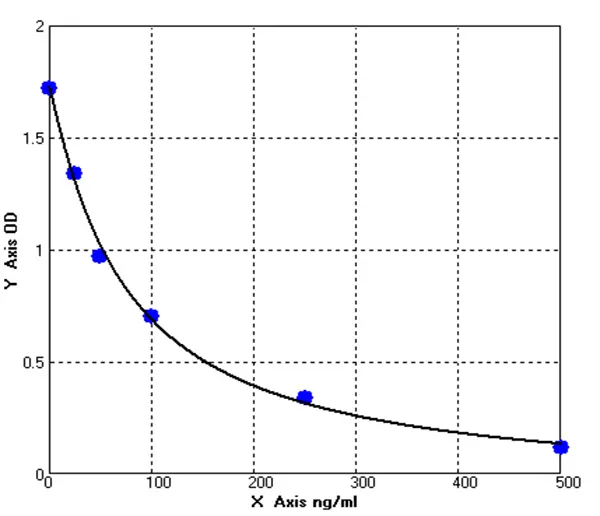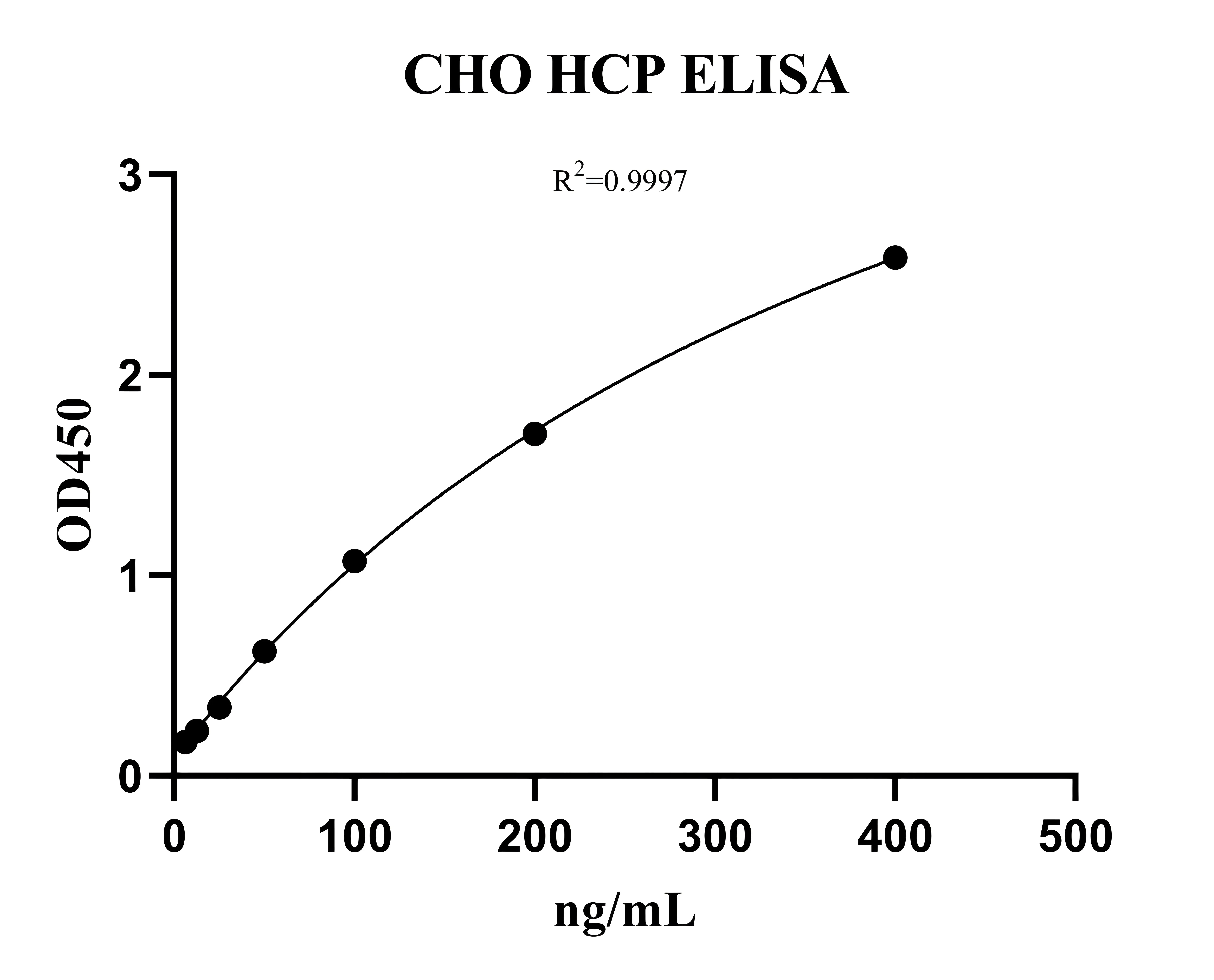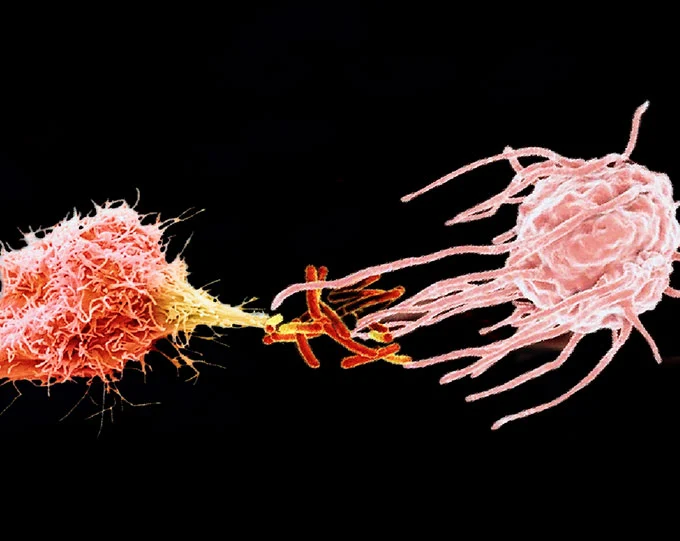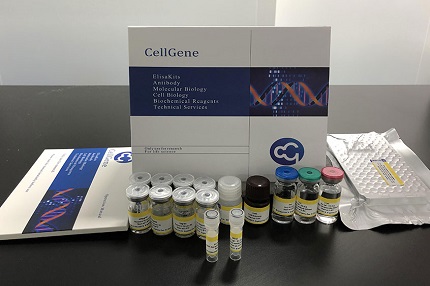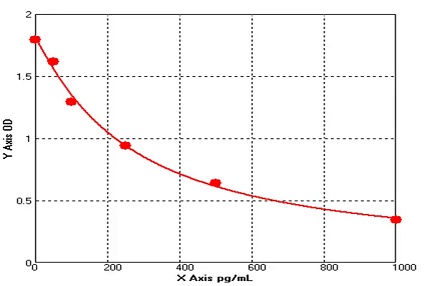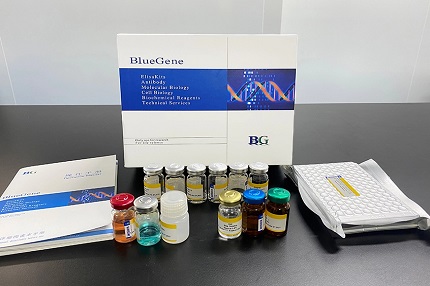- Host Cell Protein Detection Kits
- Host Cell DNA Residue Detection Kits
- Antibodies
- Recombinant Proteins
- ELISA Kits
- Cellular Component Protein Library
- Plasmids
- Promotions
-
Collagen 1 ELISA: Principle, Advantages, and Clinical Applications
The principle of the Collagen 1 ELISA is to use the enzyme-linked immunosorbent assay (ELISA) technology to quantitatively detect the ColⅠcontent in samples through a double-antibody sandwich method....
Apr.18, 2025Read More > -
Monitoring Chronic Diseases Using BFGF ELISA Kit
Chronic diseases pose a significant challenge to global health, often accompanied by long-term inflammation, tissue damage, and repair processes. In the study of these diseases, basic fibroblast growt...
Apr.16, 2025Read More > -
The Need for Methamphetamine Residue Detection
Methamphetamine, as a commonly abused drug, has seen increasing concern over its residue in food and pharmaceuticals. With the growing threat of drug abuse to public safety and health, regulatory agen...
Apr.14, 2025Read More >
BlueGene Biotech's Research For Signal Transduction
1. Definition Of Signal Transduction
It is known that there are many signal transduction modes and pathways in cells, and there are multiple levels of cross-regulation between them. It is a very complex network system. In short, a process in which various signals can enter the cell through the cell membrane and gradually cause changes in cellular substances, mainly proteins, is called signal transduction. It is a multi-enzyme cascade reaction process. Each signal pathway forms a highly ordered regulatory network in vivo through the interaction of intercellular signal proteins.
2. Mammals & Signal Transduction
Mammals need a variety of signal transduction pathways to maintain the integrity and coordination of cell response to signal stimulation. There are mainly six kinds of transmitters responsible for extracellular signal transduction to the interior of cells. They include ion channel gates, receptor enzymes, serpentine receptors, steroid receptors, adhesion receptors, and receptors themselves that do not contain enzymes.

